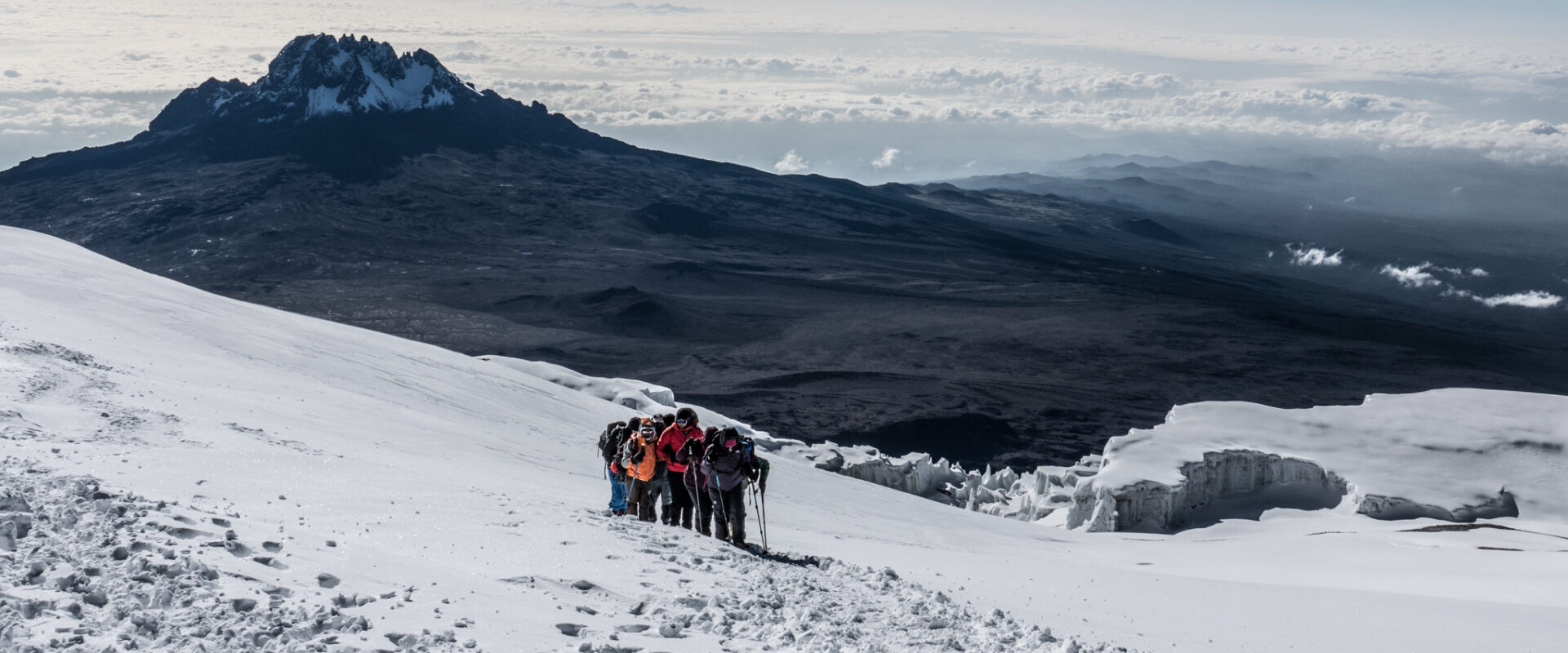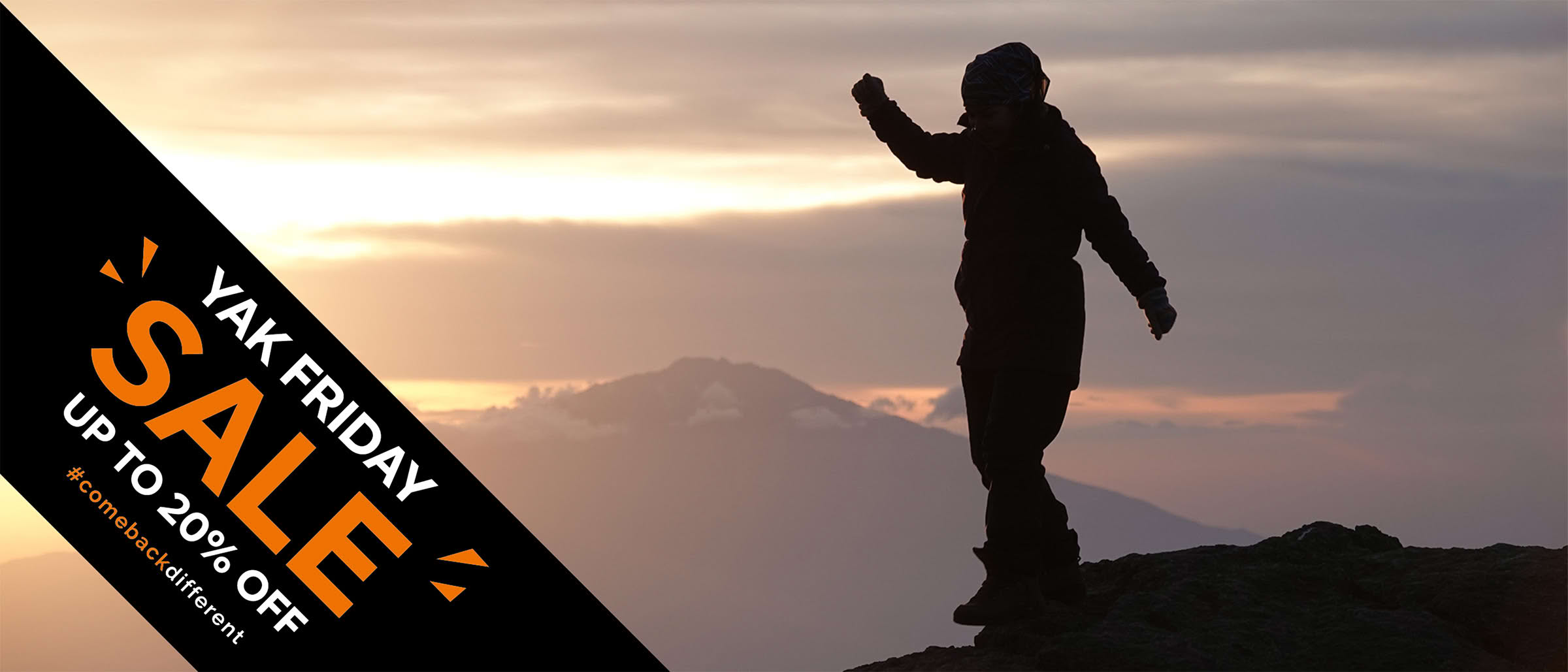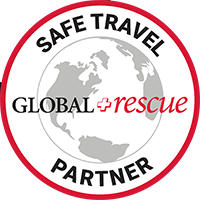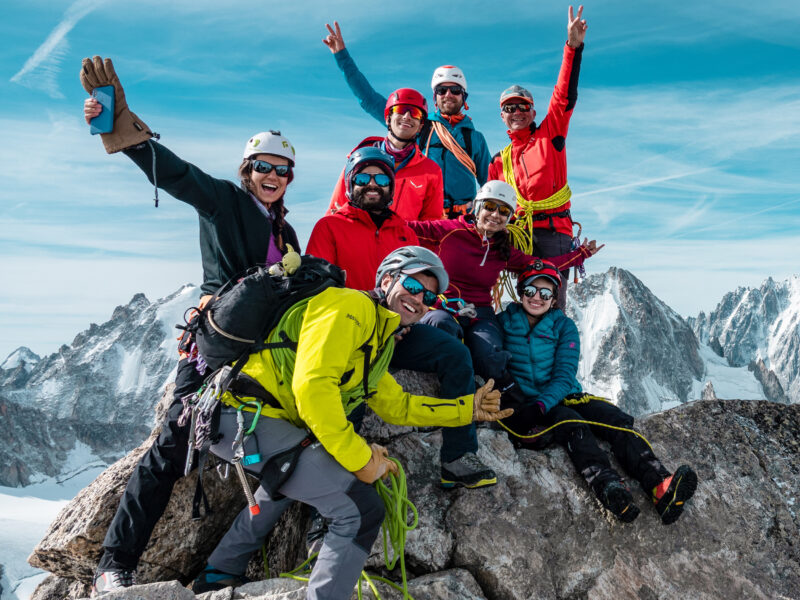BY Hazem El Shamy | April 10 2025
Kilimanjaro Altitude Sickness: What You Need to Know

Climbing Mount Kilimanjaro is an incredible achievement, but one of the biggest challenges trekkers face is altitude sickness. At 5,895 meters (19,341 feet), the air at the summit contains only about 50% of the oxygen available at sea level. This rapid ascent in just a few days makes altitude sickness a serious concern.
What is Altitude Sickness?
Altitude sickness, or Acute Mountain Sickness (AMS), occurs when the body struggles to adapt to lower oxygen levels at high elevations. It can affect anyone, regardless of age, fitness level, or previous climbing experience.
Symptoms of Altitude Sickness
Mild to severe symptoms can appear as early as 2,500 meters (8,200 feet) and may worsen with continued ascent:
- Mild AMS: Headache, dizziness, nausea, fatigue, loss of appetite, and difficulty sleeping.
- Moderate AMS: Severe headaches, persistent nausea, vomiting, and shortness of breath.
- Severe AMS: Life-threatening conditions like HAPE (High Altitude Pulmonary Edema)—fluid buildup in the lungs—or HACE (High Altitude Cerebral Edema)—swelling in the brain. Both require immediate descent to lower altitudes.
Why is Altitude Sickness Common on Kilimanjaro?
Unlike other high-altitude climbs where acclimatisation takes weeks, Kilimanjaro is often climbed in 5-7 days. This fast ascent doesn’t give the body enough time to adjust, making altitude sickness one of the biggest reasons climbers fail to reach the summit.
How to Prevent Altitude Sickness on Kilimanjaro
1. Choose the Right Route
Longer routes, like Machame, allow for gradual acclimatisation and a higher success rate. Avoid shorter, rapid ascents like the Umbwe 4-day trek.
2. Go “Pole Pole” (Slowly, Slowly)
Trekking at a slow, steady pace helps the body adjust. Rushing increases the risk of AMS.
3. Stay Hydrated
Drink 3-5 liters of water per day to aid oxygen flow and reduce symptoms. Dehydration is also a leading cause of failure on Kilimanjaro and often completes with Altitude Sickness for the top spot.
4. Eat Well
Even if you lose your appetite, eating enough calories fuels your body to fight altitude effects.
5. Listen to Your Body
If symptoms worsen, descend immediately. Ignoring severe AMS can be fatal.
Final Thoughts
Altitude sickness is the biggest challenge on Kilimanjaro, but with the right precautions, it can be managed. Choosing a longer route, climbing slowly, staying hydrated, and knowing when to descend will increase your chances of standing on the Roof of Africa safely.
About The Author
Hazem is an avid high altitude mountaineer and adventurer that has helped lead hundreds of climbers to summits across the Himalayas, Andes, Atlas, and Caucus mountain ranges. He believes that inspiration is best served on a sharp ridge 6000 meters up in the sky, and is committed to making big mountain goals more achievable to the everyday climber.
About Life Happens Outdoors
At Life Happens Outdoors, we believe in the power of nature to transform lives. As proud members of the Adventure Travel Trade Association (ATTA) and the World Travel & Tourism Council (WTTC), our team of certified guides and outdoor professionals is committed to the highest standards of safety, sustainability, and excellence.
Discover more about our story and mission on our Meet LHO page, or explore our curated adventures such as the Tour du Mont Blanc Trek, the Climb of Kilimanjaro, and Chasing the Northern Lights.















